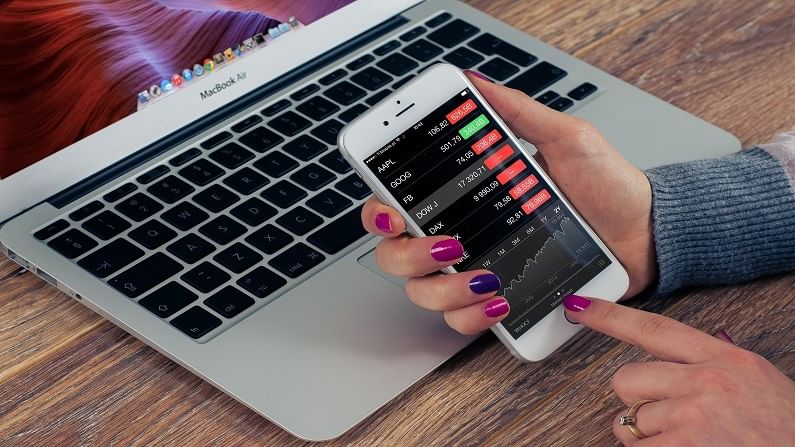Before investing in US stocks, take a look at the costs involved
When investing in US equity market, investors also have the option of investing fractionally

Indians investing in US stocks are taking the direct stock investing route instead of equity funds, says a report by Winvesta, a fintech platform that enables such transactions. The report also states that new trends in global investing are around the genres of electric vehicles, blockchain and other emerging technologies.
“Diversification is the one free lunch you get in investing,” said Swastik Nigam, Founder & CEO, Winvesta, suggesting ETFs are a better way to invest. This, unless an investor does enough active research on direct stocks.
In a video interview to Money9, Nigam also said that while the average transaction ticket size is $800 or roughly over 50,000 rupees, there are smaller investors too who can participate in the global equity investment trend. “60% of our clients are millennials who have a portfolio size of less than a hundred dollars,” he said.
When investing in US equity market, investors also have the option of investing fractionally. “Amazon is a very expensive stock, in excess of $3000 a share or approximately 2.5 lakh rupees. But an investor can trade fractionally as well, by even investing $10 dollars in an Amazon stock. That’s how investors start off with small amounts and then build a diversified portfolio.”
The costs involved in such transactions however, are much higher than when investing in domestic markets. Here is how the costs look:
There is a remittance cost that consists of a fixed transaction fee and a bank fee, the latter varying on the bank executing the transaction. “The cost can be as little as a hundred rupees and can go as high as a little over a thousand rupees,” said Nigam.
A repatriation cost or a fixed wire transfer fee once an investor decides to liquidate the investment and seek the proceeds back, which is fixed at $35. Winvesta, however has brought that cost down to $10 for its clients.
The spread can vary from as little as 0.25% to as high as 1.5% or even 2%, which may be negotiable at the bank level.
“As a broker, we have a zero commission plus structure. You get 3 free transactions per month, after which we charge a flat fee of one dollar. In the first month, we give 10 free transactions so that you can build up your portfolio,” Nigam said.
On the ETF, the expense ratios are much lower ranging from 0.03% on passive on to .75 for active ETFs that are paid to the fund managers.
A back of the envelope calculation shows that an investment of 10,000 rupees will cost approximately 1300 rupees, so one should make a 13% profit. But this cost stays almost the same even if one invests a higher amount, thus reducing the profit margin required to break even. So when investing abroad, a higher investment will entail a lower expense ratio.
The dividends are taxable as per Indian laws falling as short term or long term capital gains, as per the duration of one’s investment.